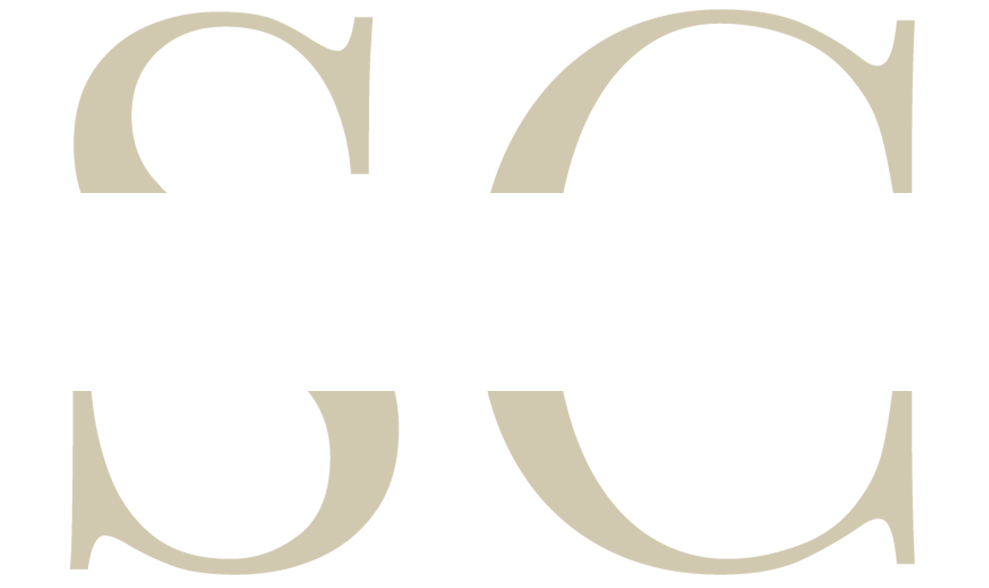In today’s competitive business landscape, understanding your customers is paramount to achieving success. Identifying your ideal customer groups and conducting a comprehensive target market analysis are essential steps in developing effective marketing strategies. By diving deep into consumer demographics, preferences, and behaviors, businesses can align their offerings with the needs and desires of their target audience, ultimately driving growth and profitability. In this article, we will explore the importance of ideal customer groups and target market analysis, and provide practical insights on how to implement these strategies for optimal results.
Defining Ideal Customer Groups
Ideal customer groups, also known as buyer personas, are fictional representations of your most valuable customers. They are constructed by analyzing and segmenting your target market into distinct groups based on common characteristics, such as demographics, psychographics, and buying behaviors. The goal is to create a vivid picture of your ideal customers, enabling you to tailor your marketing efforts to meet their specific needs.
To define your ideal customer groups, start by gathering data from various sources, including market research, customer surveys, and sales analytics. Look for patterns and trends that can help you identify key traits and preferences shared by your most satisfied and loyal customers. Consider factors such as age, gender, income level, geographic location, lifestyle, and values. By developing a detailed understanding of your ideal customers, you can effectively shape your products, messaging, and marketing channels to resonate with them.
The Importance of Target Market Analysis
Target market analysis involves a systematic evaluation of the broader market environment in which your business operates. It helps you identify and prioritize the most lucrative market segments to focus your marketing efforts on. By conducting a thorough analysis, you can gain insights into market size, growth potential, competition, and customer needs, ensuring that your business strategy aligns with the realities of the marketplace.
There are several key components to consider when conducting a target market analysis:
- Market Size and Growth: Determine the size of your target market and assess its growth potential. Is the market expanding or shrinking? Understanding these dynamics will help you assess the viability and long-term prospects of your business.
- Customer Needs and Preferences: Identify the specific needs, pain points, and desires of your target customers. What problems are they trying to solve, and how can your products or services meet those needs better than competitors? Understanding customer preferences will enable you to differentiate your offerings effectively.
- Competition: Analyze your competitors’ strengths, weaknesses, and market positioning. Who are your main competitors, and what unique value proposition can your business bring to the market? Conduct a SWOT (Strengths, Weaknesses, Opportunities, Threats) analysis to identify areas where you can gain a competitive advantage.
- Trends and Industry Developments: Stay informed about industry trends, emerging technologies, and changes in customer behavior. This knowledge will help you anticipate shifts in the market and adapt your strategies accordingly.
Implementing Ideal Customer Groups and Target Market Analysis
Now that you understand the significance of ideal customer groups and target market analysis, let’s explore how to put these concepts into practice.
- Refine Your Ideal Customer Groups: Continuously update and refine your buyer personas based on new insights and changing market dynamics. Regularly engage with your customers through surveys, interviews, and feedback mechanisms to ensure that you stay in tune with their evolving needs.
- Tailor Your Marketing Messaging: Craft your marketing messages to resonate with each specific ideal customer group. Address their pain points, highlight the benefits they care about the most, and use language and imagery that appeals to their values and aspirations. Personalize your communication to create a stronger emotional connection.
- Optimize Your Product Offering: Adapt and refine your products or services based on your target market analysis. Incorporate customer feedback and market trends to enhance your offerings and maintain a competitive edge. By aligning your products with the needs and desires of your ideal customers, you increase the likelihood of customer satisfaction and loyalty.
- Select the Right Marketing Channels: Choose the most effective marketing channels to reach your target audience. Consider the demographics and preferences of each ideal customer group when selecting advertising platforms, social media channels, and offline marketing strategies. A targeted approach ensures that your marketing efforts are not wasted on reaching irrelevant audiences.
- Track and Measure Results: Establish key performance indicators (KPIs) and metrics to evaluate the success of your marketing campaigns. Regularly analyze data to determine which strategies are delivering the best results and adjust your approach accordingly. This iterative process will allow you to optimize your marketing efforts over time.
In conclusion, ideal customer groups and target market analysis are vital components of a successful business strategy. By understanding the distinct characteristics and preferences of your ideal customers, you can tailor your marketing efforts to meet their needs effectively. Conducting a comprehensive target market analysis allows you to identify lucrative market segments and align your business strategy with market realities. By implementing these strategies, you can gain a competitive edge, enhance customer satisfaction, and drive business growth in today’s dynamic marketplace.

